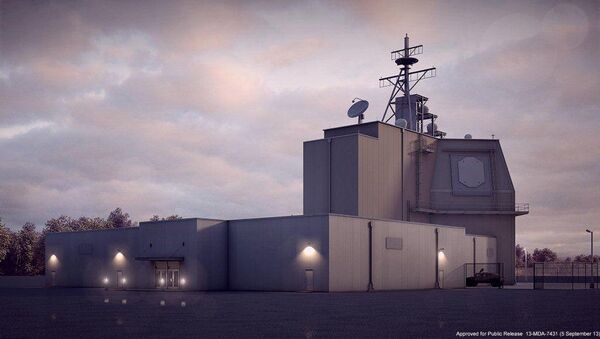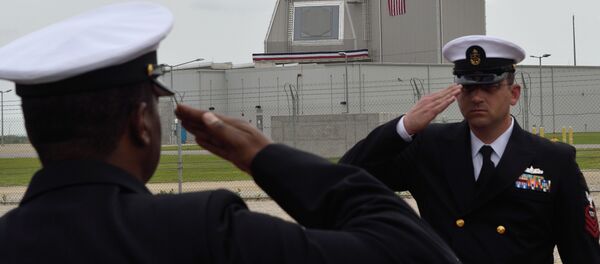"From a military standpoint, that is nonsense," Sleboda told Loud & Clear, referring to the Pentagon’s claims that the installation of a new Aegis missile defense system in Romania is not directed at Russia. "If you have a capability in place, and the need for it arises, then it certainly will be used.
"So there’s no way US military officials saying this can say it with anything more than a smirk and the fingers crossed behind their back. The Russian government, of course, knows this, that this is a propaganda game [the US is] playing."
The system is ostensibly in place to defend against long-range ballistic missiles that could be launched from the Middle East.
"Why this is a concern to Russia is, it is part of a global network that is being established," Sleboda says. "This is one being placed in Europe by the United States. It’s not being done by European countries; it’s being done, and actually railroaded through, by the United States."
The Pentagon is also in talks to deploy a THAAD missile system to South Korea, angering both Russia and China.
"What you’re seeing is the establishment of an overlapping, layered, partial-global network that will slowly be improved over time."
This network is emblematic of America’s military-superiority complex following the end of the Cold War.
"[The US] has developed the mindset where the national security apparatus in the United States demands absolute security, [which is] of course an impossibility," he says. "The danger is that an absolute security for the United States requires absolute vulnerability for every other country in the world."
The new missile defense systems — alongside the Pentagon’s massive budget increase for European operations — point to a beginning of a new arms race.
"It’s becoming very, very heated," Sleboda says. "We’re definitely in an arms race. If we want to call it 'Cold War 2.0,' or rather 'Great Power Conflict,' that’s the world we’re living in today."
While the binary nature of the Cold War – a race between the US and USSR – inherently provided some level of stability, the many players operating in the current arms race makes the scenario much more volatile.
"The potential… [for conflict] is very much not only a possibility, but is a probability in the next 20-30 years to come."




